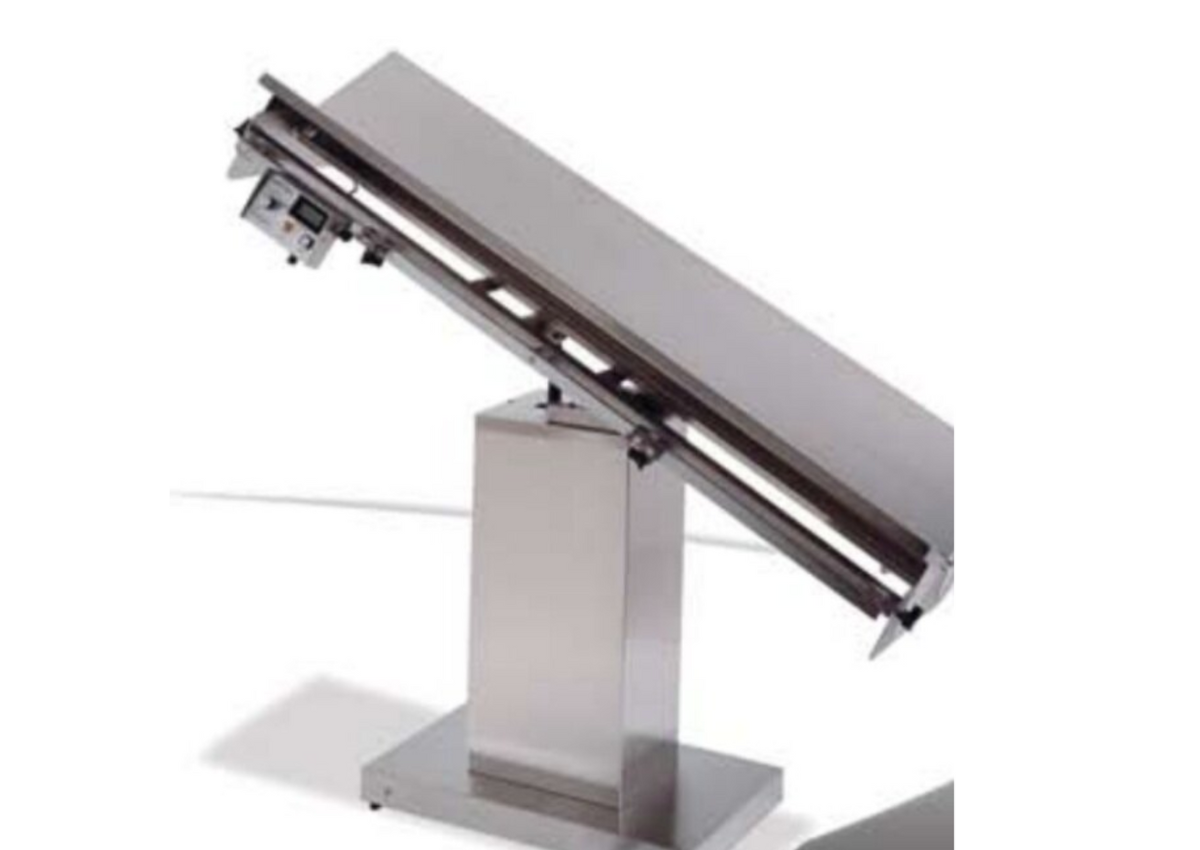investing in Right Veterinary Stainless Steel Surgery Table
Most general and emergency veterinary practices perform surgeries on a regular basis. However, there are variations in the types of patients they see and the types of surgeries they perform.
When purchasing a new or used veterinary surgery table, there are a lot of options. A veterinarian or practice owner may feel overwhelmed for choice.
It’s important to ensure your surgery suite and table meet all state veterinary regulations. Outside of that, here are some factors to consider when purchasing your surgery table…
Your Practice’s Surgery Needs and Goals
Veterinary surgical tables range in size from about 3.5 feet long to 5 feet long. Practices that see large dogs might need the longest possible table, whereas a feline-only practice with a compact surgery suite might consider a smaller table.
For a practice that performs multiple surgeries per day, it might make sense to invest more money in a higher-end table with lots of bells and whistles. On the other hand, a slower practice with less of a focus on surgeries might be perfectly happy with a basic, simple surgery table.
These are just a couple of examples of differing needs between different veterinary practices. To determine your hospital’s needs, think about the types of patients you see, the types of surgeries your doctors perform, and how often surgeries are done.
Also, consider the goals for your clinic—and whether your surgery needs may change over time as your practice grows.
Veterinary Surgery Table Features
Veterinarians purchasing a surgery table have a lot of options to choose from. Here are some common and popular features to consider…
Stainless steel. Veterinary operation tables that are all stainless steel are popular due to their durability and ease of cleaning.
Lift function. Adjustable table height is important since veterinary patients come in different sizes and veterinary surgeons come in different heights. Lift capabilities ensure each surgeon can adjust the table to a comfortable height, whether they are sitting or standing. This feature is typically available as either hydraulic or electric. It might be operated via a foot pedal, hand crank, or other methods.
V-top versus flat-top. Flat-top means the table is one solid piece. A V-top or V-style table, on the other hand, is composed of two adjustable panels with a trough in the middle that can also help with fluid drainage. These panels can lie flat, or they can be raised to form a “V” shape to help hold patients in place. They can also be adjusted at different angles to tilt the patient if needed.
Tilting abilities. Some tables come with the ability to tilt forward and backward, or to tip laterally right or left—or both. These functions can make surgery a lot easier in many cases. For example, tilt is a useful function for many types of abdominal surgeries to help with fluid drainage or moving organs via gravity for easier access and visibility.
Heated table. Some veterinarians like a heated table, while others worry about burns and/or prefer to use other methods to keep the patient warm. There is no right or wrong answer—just make sure you know how the heating feature functions on your table, including how to monitor or adjust the warmth. With safety in mind, a veterinary surgical table heater can be a very convenient way to help keep patients warm, especially during longer procedures.
Easy adjustments. The table may need to be adjusted mid-surgery. This should be smooth and easy to do without risking patient safety due to sudden changes in height or tilt. The table should also lock into the desired position after adjustments are made.
Attachments, ties, rails, etc. In addition to v-top and tilt features, think about how you will position and restrain the patient. Make sure all basic features such as holds or cleats for the ties are included. Some tables also feature add-ons like attachable buckets to collect draining fluids.
Financial and Purchasing Considerations
Average veterinary surgery tables can run from about $3,000-$10,000, depending on features and other factors. But a good surgery table is generally considered a good investment. Quality stainless steel means the table can last for years. Plus, the table facilitates revenue from surgical procedures.
That being said, it’s important to have a financial plan for any new piece of equipment (whether that’s a totally new table, or a “new to you” used veterinary surgery table). Consult a financial or veterinary business expert on the best plan for financing your purchase, increasing your ROI, and factoring in tax savings.
Also, remember to think about warranty, repair, and maintenance costs—with repairs often being related to lifting components rather than the table itself.
Some research and planning can help ensure that a new surgery table is a great investment to further your practice’s patient care and financial goals.
Written by: Dr. Tammy Powell, DVM




